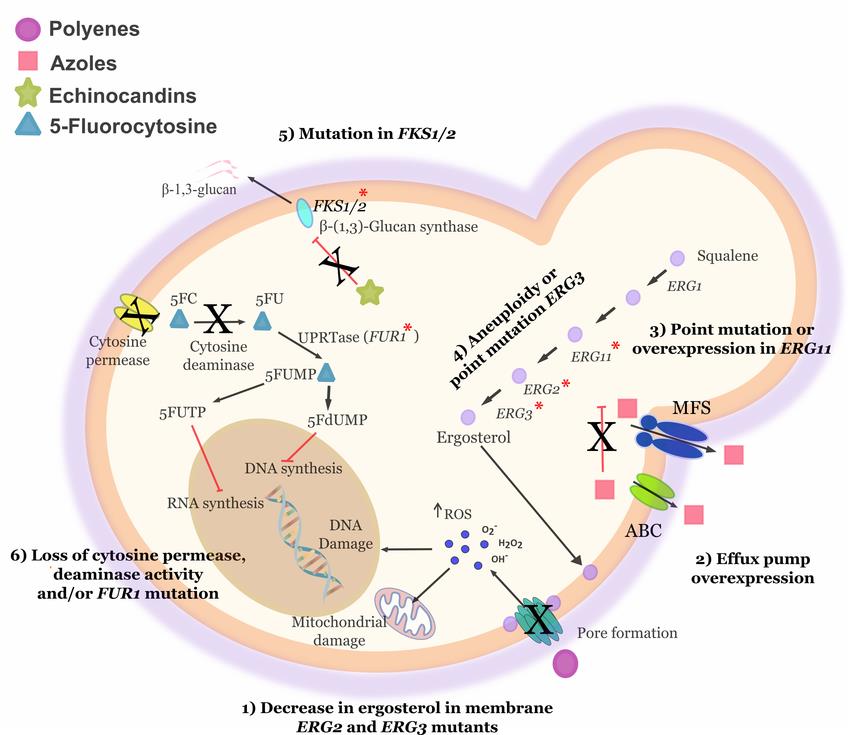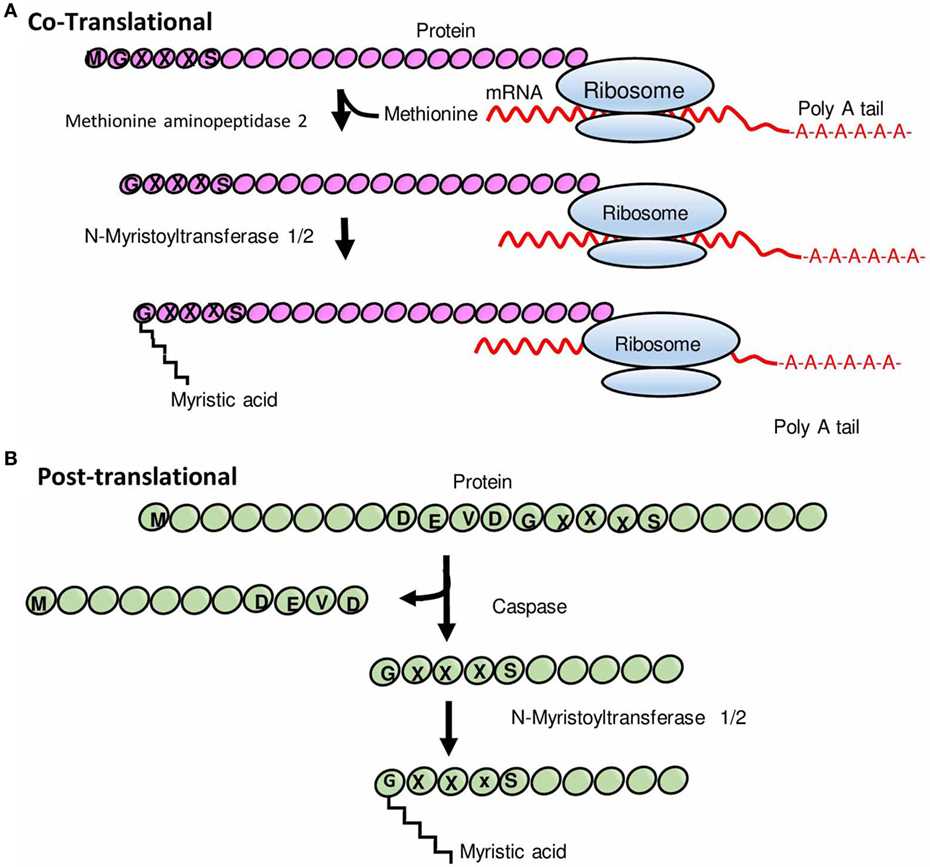Creative Biolabs has successfully launched an innovative anti-fungal drug platform with multiple high-end technologies. We are confident in providing the first-class antifungal drug discovery services for our customer all over the world. Here is an introduction of N-myristoyltransferase (NMT) which can be a potential target for antifungal drug discovery.
Why Need Antifungal Drug Discovery?
Over the past two decades, fungal infections have posed a particular threat to millions of people globally. For example, the incidence of systemic fungal infections and associated mortality has increased dramatically, primarily due to the proliferation of patients who are undergoing severely immunocompromised by anticancer chemotherapy, organ transplants. Unfortunately, the chemotherapeutic agents used for treating these diseases also largely suffer drawbacks such as lack of sufficient efficacy, undesired drug-related toxicity, serious drug-drug interactions, or severe drug resistance. The increase in serious fungal infections has brought increased use of antifungal agents and has energized research for new ones.
 Fig.1 Mechanisms of antifungal drug resistance. (Reales-Calderón, 2016)
Fig.1 Mechanisms of antifungal drug resistance. (Reales-Calderón, 2016)
Currently available antifungal drugs have essentially three molecular, sterol 14α demethylase (zaoles), ergosterol (polyenes), and β-1,3-glucan synthase (echinocandins). Drugs aimed at totally new targets are clearly needed to increase our chemotherapeutic options and to forestall. Protein N-myristoylation, the cotranslational transfer of the 14-carbon, saturated fatty acid myristate from CoA to the amino-terminal glycine of fungal proteins, is a new target. The reaction is catalyzed by myristoyl-CoA: protein N-myristoyltransferase (NMT).
N-myristoyltransferase (NMT) as Antifungal Drug Target
As a novel target for antifungal agents, NMT is a well-characterized enzyme. A large number of NMT inhibitors have been reported so far. Moreover, NMT, in its capacity as a target for antifungal agents, is the earliest and the most in-depth studied. Although antifungal NMT inhibitors are represented by various chemotypes, such as peptidomimetics, benzofurans, and benzothiazoles, only benzofuran and benzothiazole inhibitors have displayed high selectivity and good antifungal activity. In contrast, peptidomimetic NMT inhibitors are generally devoid of in vivo antifungal activity owing to their inability to penetrate fungal cellular membranes.
 Fig.2 Mechanisms of antifungal drug resistance. (Udenwobele, 2017)
Fig.2 Mechanisms of antifungal drug resistance. (Udenwobele, 2017)
Advantages of NMT as Antifungal Drug Target
-
It is a validated target. Fungal NMT is a single enzyme, essential for viability in C. albicans, C. neoformans, and other fungi. Reduction of ARF N-myristoylation by 50% causes growth arrest in S. cerevisiae. Recently, C. albicans NMT has put under the control of the tetracycline-regulatable promoter, opening the way for cell-based screening of NMT inhibitors.
-
It has the potential for selectivity. There are large differences between human NMTs and homologs in parasites and fungi.
-
It is biochemically tractable. C. albicans NMTs have been cloned and purified in Escherichia coli and can be produced in large amounts for the screening of inhibitors and for structural studies. Several NMT assays have been established in vitro based on radiolabeling of N-myristoyl-peptide product. An in vivo assay that involves immunoprecipitation with Arf-specific antibodies is also available. Binding requirements and mechanism of NMT reaction are known and can be used for further evaluate leads.
-
It is a chemically tractable. The crystal structure of C. albicans NMT has been reported. Thus, the framework exists for lead-based, rational inhibitor design.
With the help of our well-established technologies and experienced scientists, Creative Biolabs offers antifungal drug discovery services with a new mechanism of action different from those currently in use. We provide very flexible options for each specific case. We are happy to make it accessible to all kinds of research and industrial customers. Besides, we are open to discussions. Please do not hesitate to contact us for more information.
References
-
Reales-Calderón, J.A.; et al. The fungal resistome: a risk and an opportunity for the development of novel antifungal therapies. Future Med Chem. 2016, 8(12):1503-20.
-
Udenwobele, D.I.; et al. Myristoylation: An Important Protein Modification in the Immune Response. Front Immunol. 2017, 8:751.
For Research Use Only.


 Fig.1 Mechanisms of antifungal drug resistance. (Reales-Calderón, 2016)
Fig.1 Mechanisms of antifungal drug resistance. (Reales-Calderón, 2016)
 Fig.2 Mechanisms of antifungal drug resistance. (Udenwobele, 2017)
Fig.2 Mechanisms of antifungal drug resistance. (Udenwobele, 2017)


